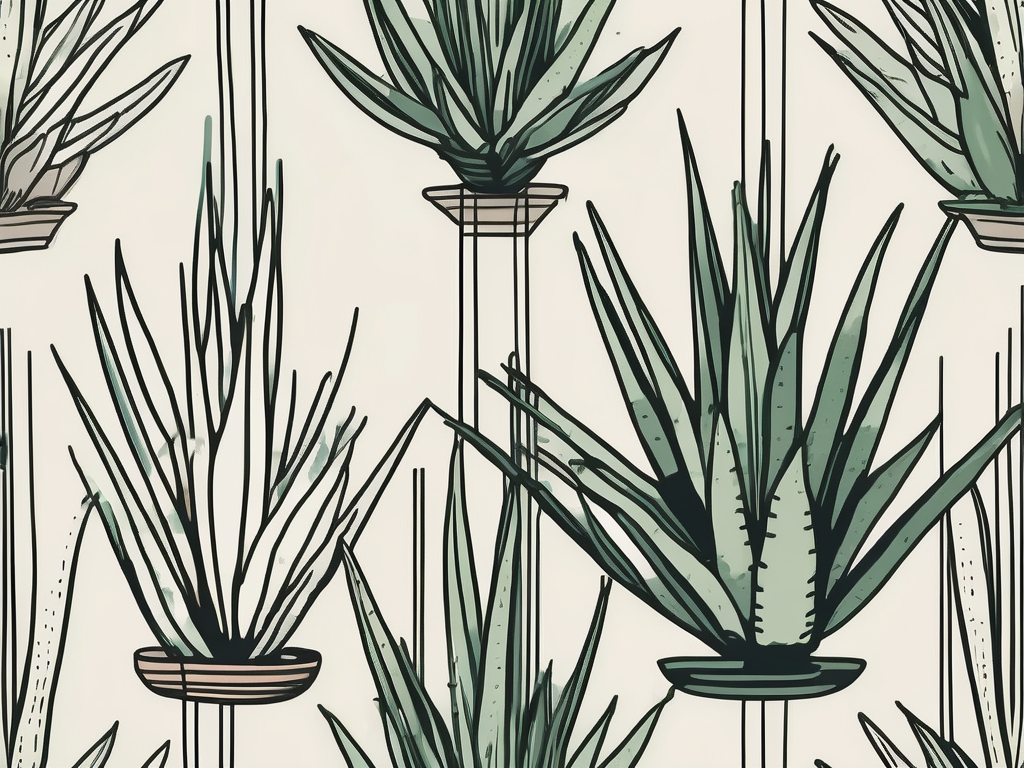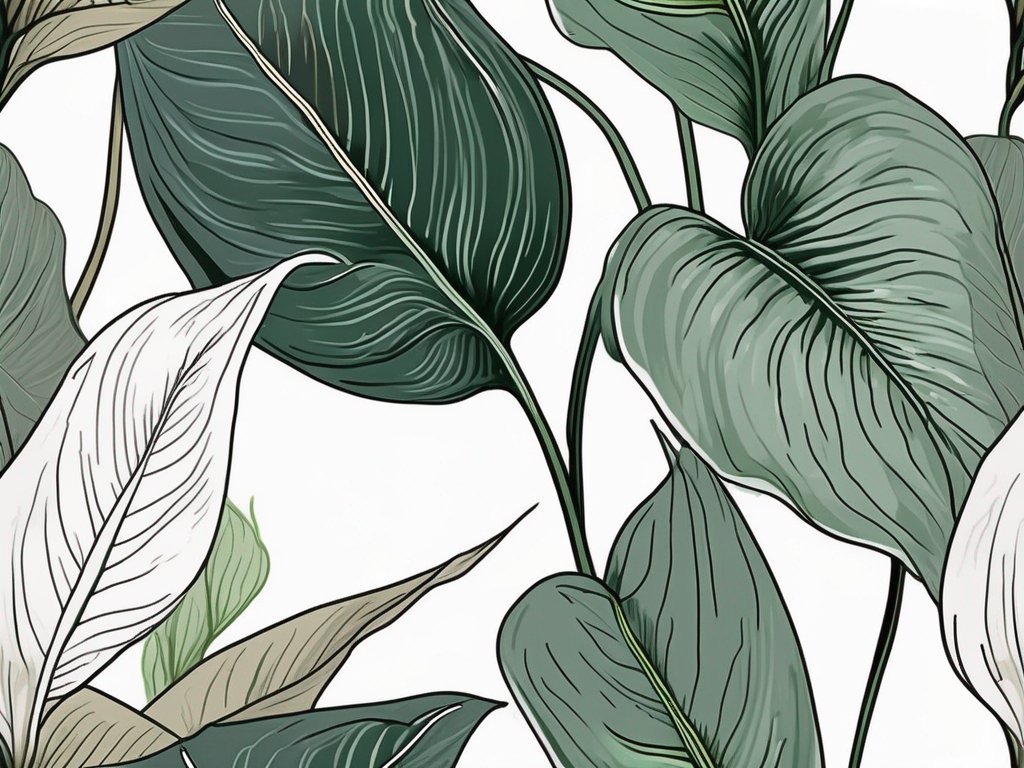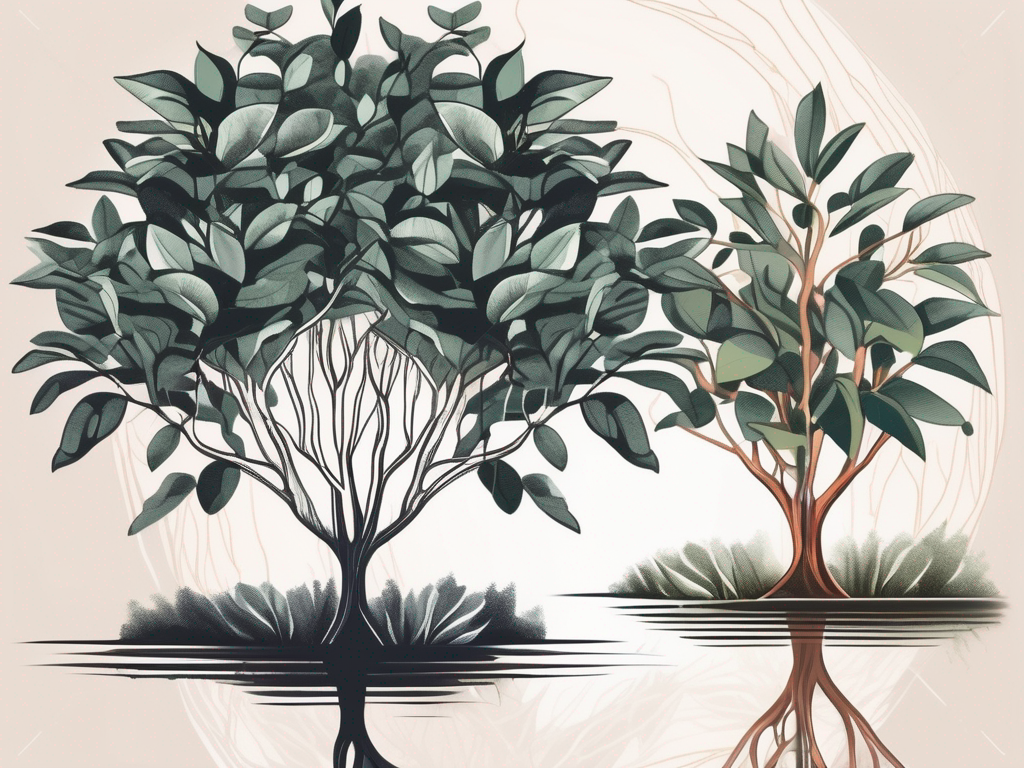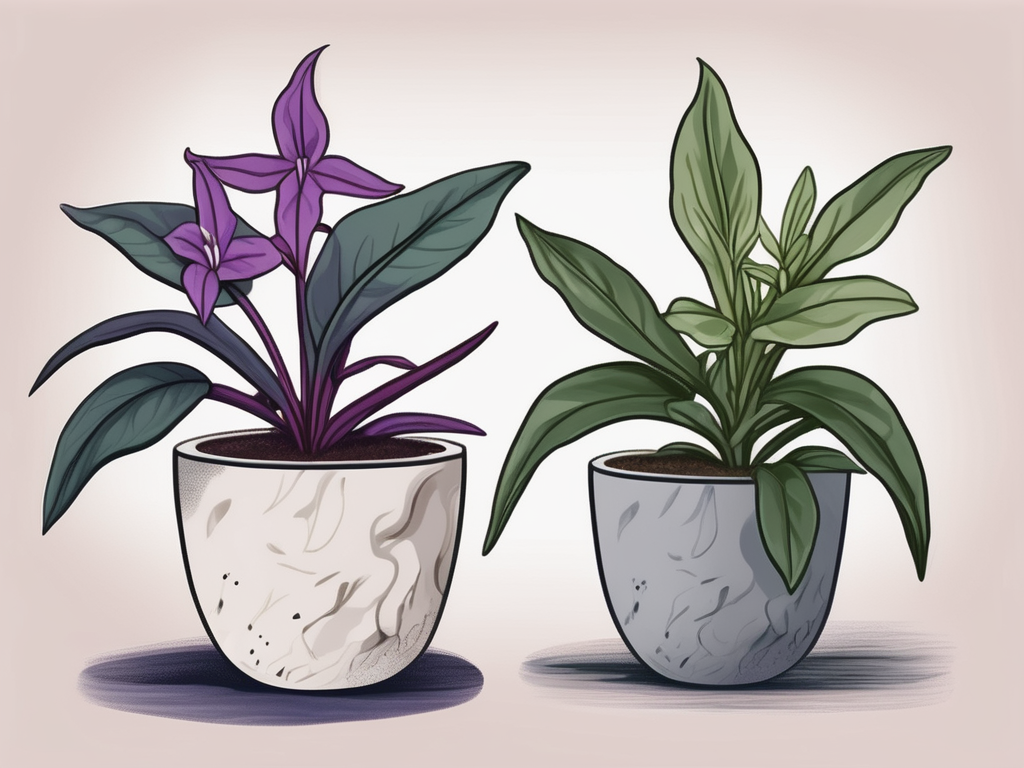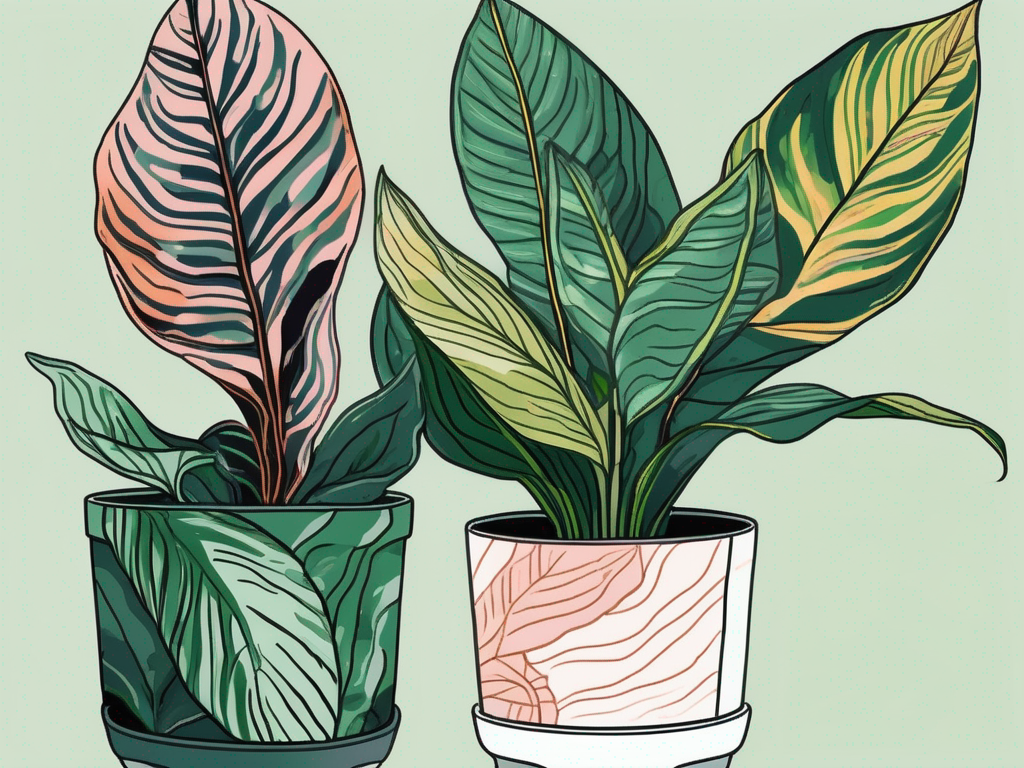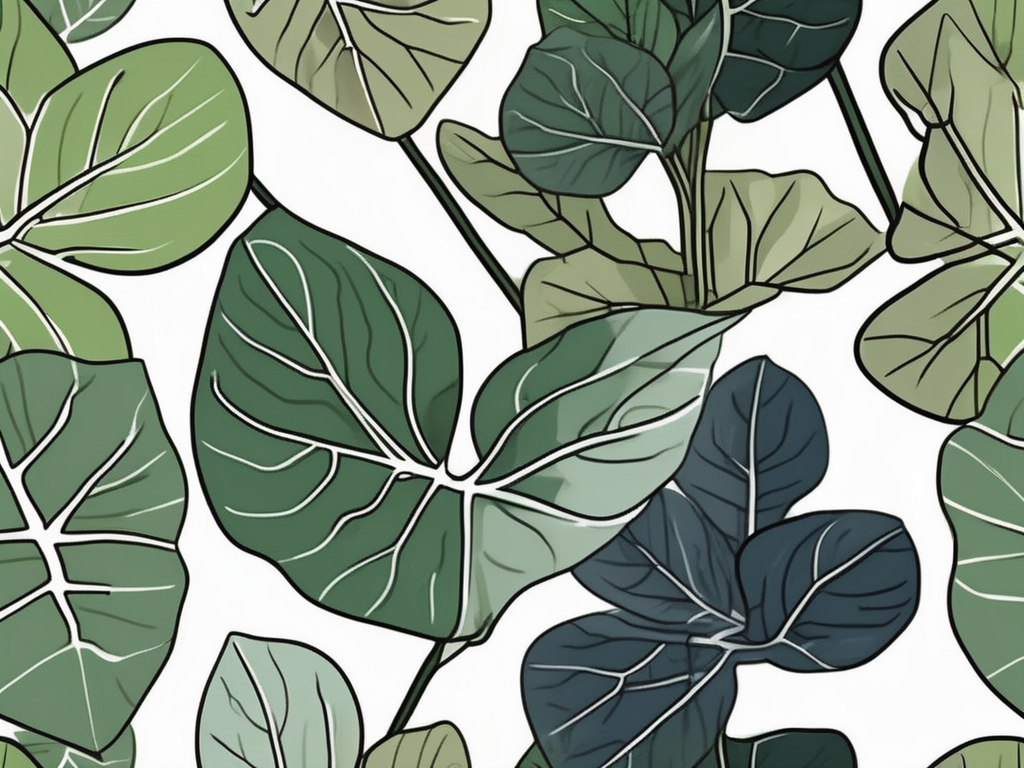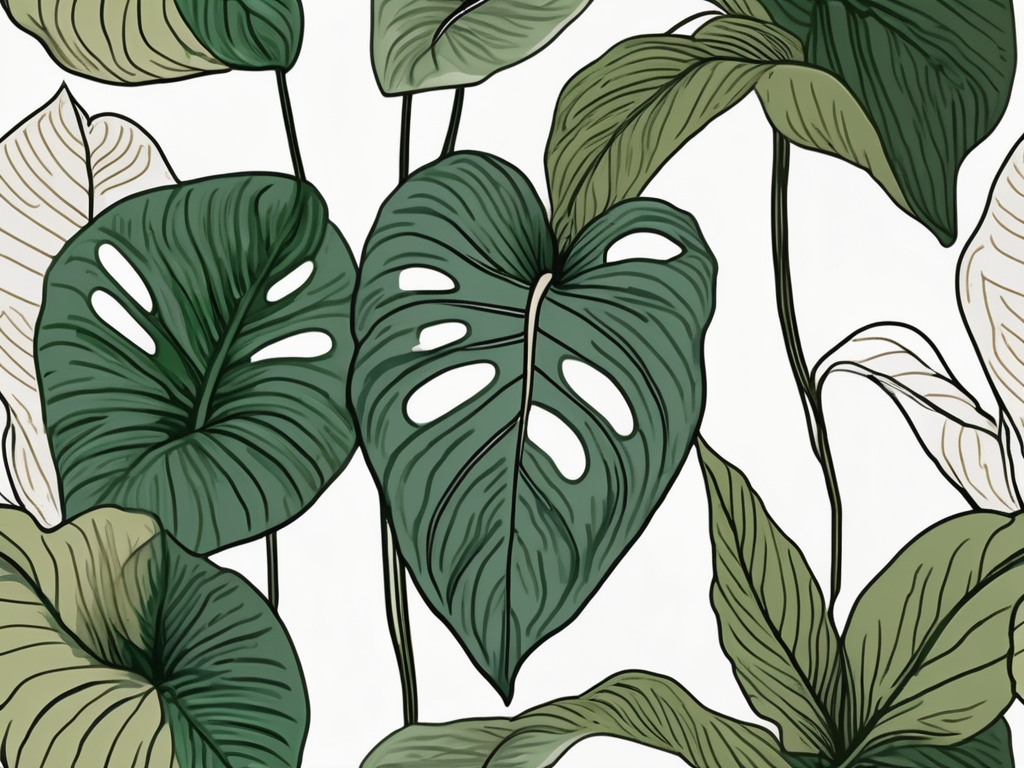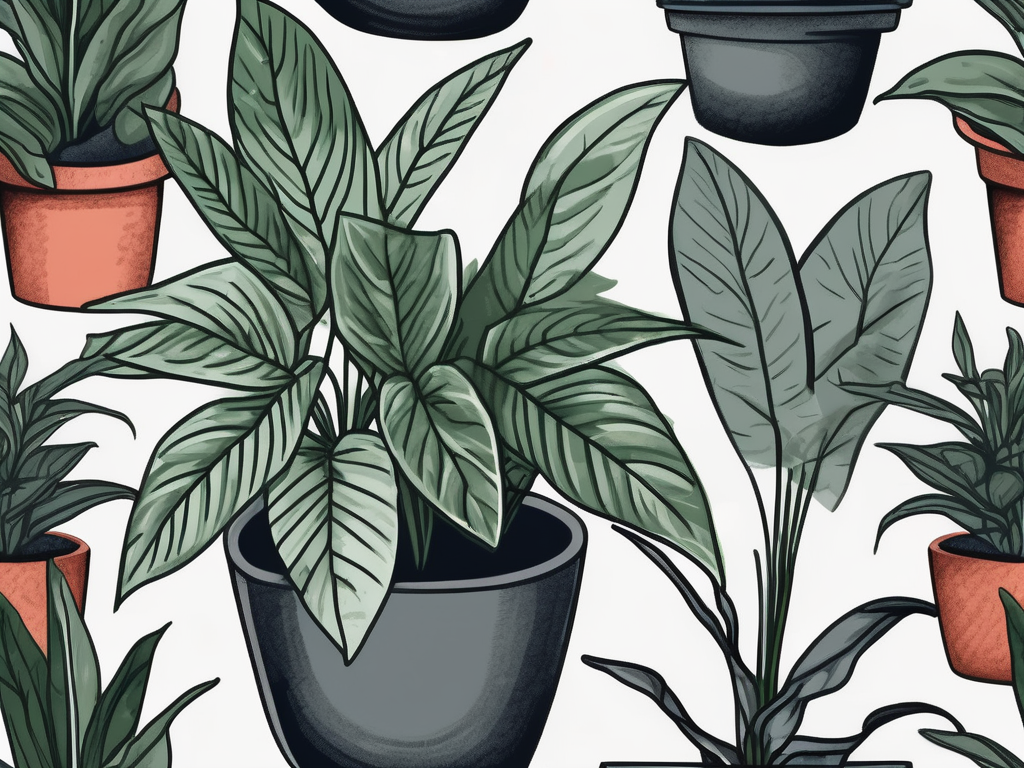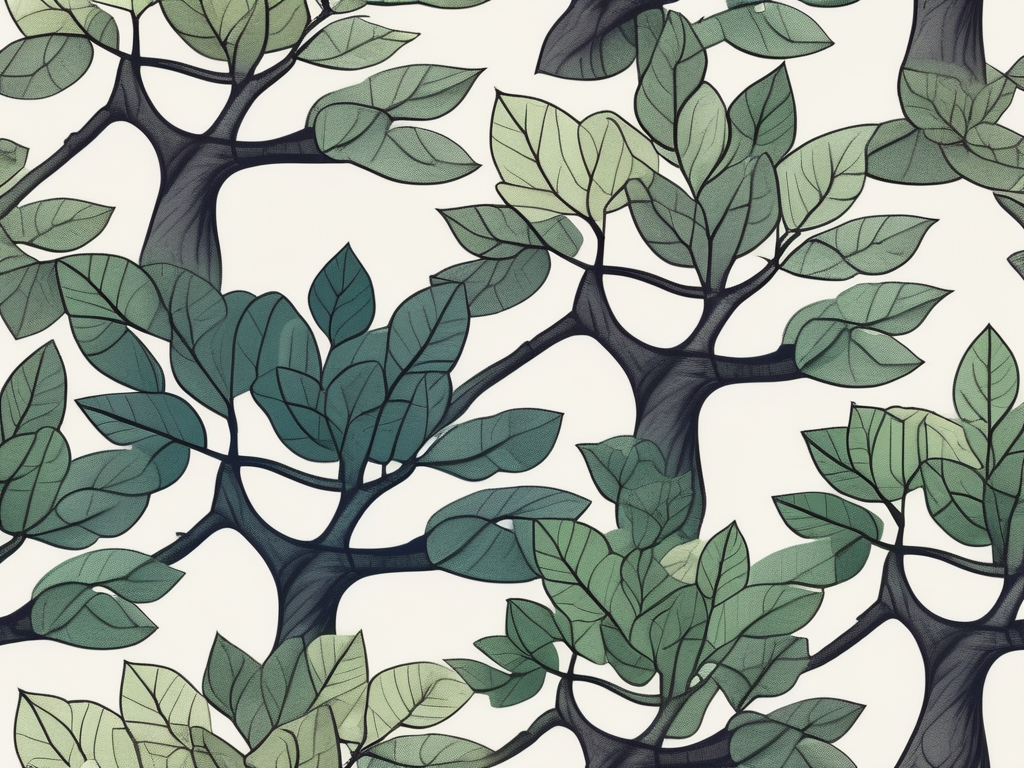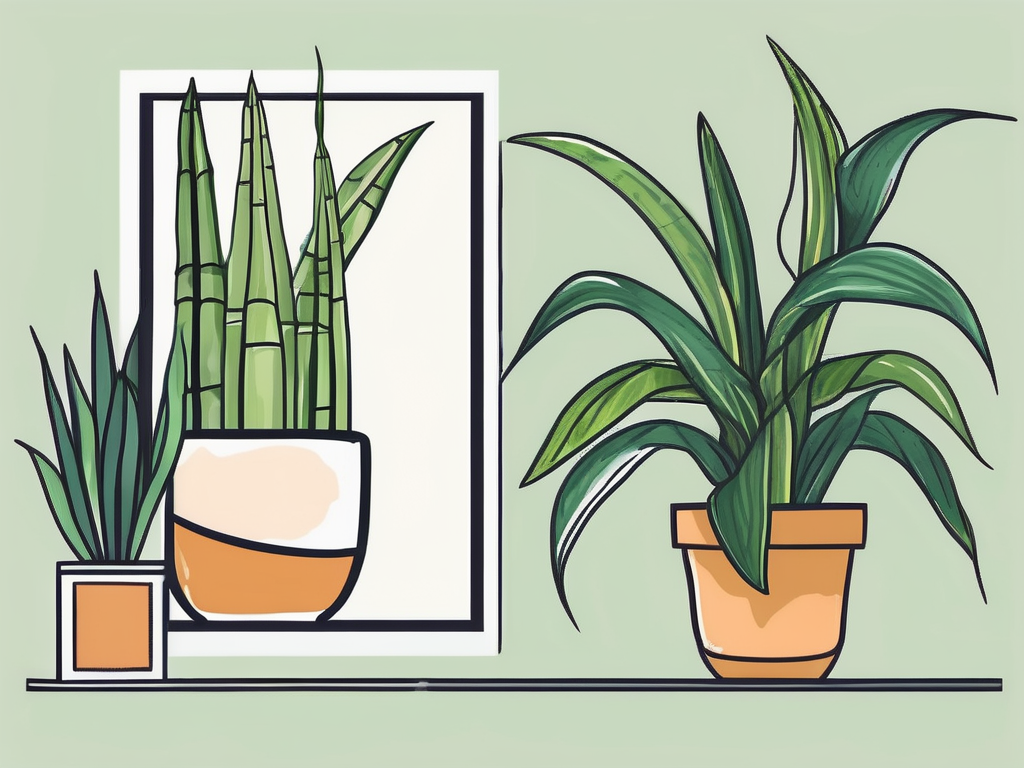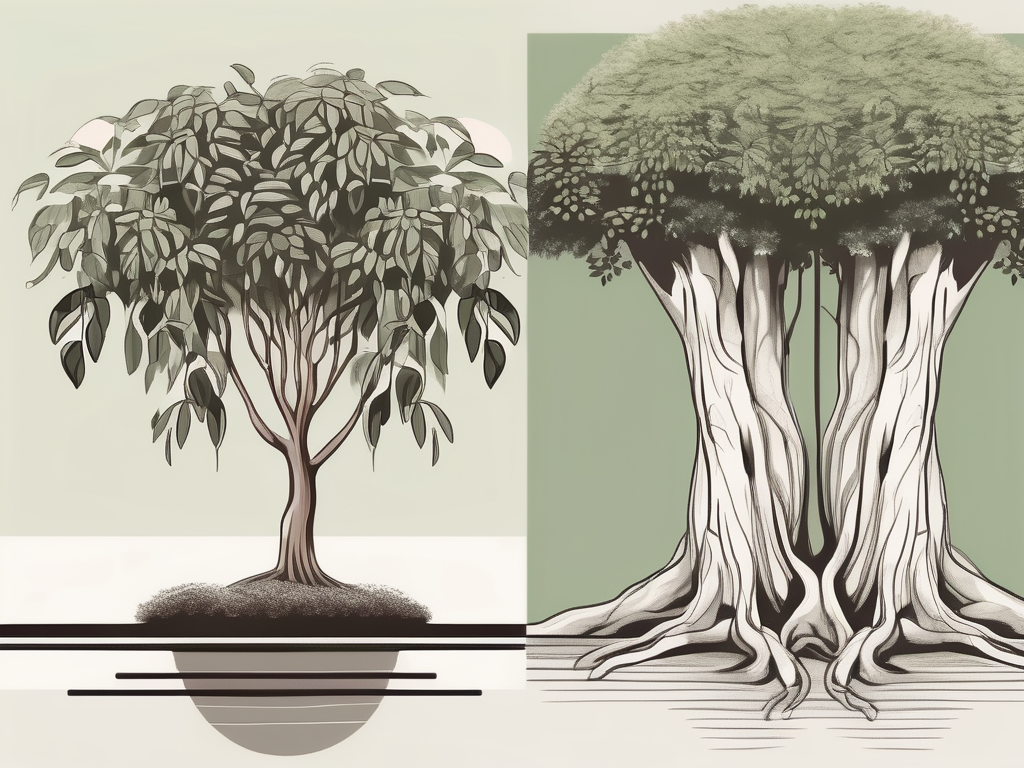
Umbrella plants, known for their lush, glossy leaves, are a favorite among plant lovers. Whether you're new to houseplants or a seasoned plant parent, understanding how to care for these charming beauties can transform your indoor space into a green oasis.
In this article, we'll chat about everything you need to know about umbrella plant leaves—from their appearance and common issues to care tips and styling ideas. So, grab a cup of tea and let's dive into the wonderful world of umbrella plants!
What Makes Umbrella Plant Leaves So Special?
Umbrella plant leaves are truly a sight to behold. They typically come in a whorl pattern, resembling a hand with several fingers extending from a central point. This distinctive shape not only makes them a standout in any plant collection but also adds a unique texture to your home decor.
These leaves are usually a vibrant green, although some varieties may have variegated patterns with splashes of cream or yellow. Their glossy finish gives them a healthy, polished look, making them an excellent choice for both beginners and experienced plant parents. But beyond their visual appeal, these leaves play a crucial role in the plant's overall health.
The leaves of umbrella plants are efficient at photosynthesis, meaning they can thrive in various light conditions—even in lower light environments, which is a plus for those of us with less-than-sunny living spaces. However, like all plants, they do have their preferences, and ensuring optimal conditions can lead to even more striking foliage.
Identifying Common Issues with Umbrella Plant Leaves
Even the most robust plants can face challenges, and umbrella plants are no exception. Leaf issues can often signal that something is amiss, so it's important to know what to look for and how to address it.
Here are some common leaf problems you might encounter:
- Yellowing Leaves: This could be a sign of overwatering. Check the soil moisture and let it dry out a bit before watering again.
- Brown Tips or Edges: Often caused by low humidity or too much fertilizer. Try misting the plant or adjusting your fertilizing schedule.
- Dropping Leaves: This can result from sudden temperature changes or drafts. Ensure your plant is in a stable environment, away from vents and doors.
- Pests: Look out for tiny bugs like spider mites or aphids. These can usually be managed with insecticidal soap or neem oil.
By keeping an eye on your plant and knowing these signs, you can often nip problems in the bud before they become serious.
Perfecting the Care Routine for Healthy Leaves
Getting into a groove with your umbrella plant care routine is key to keeping those leaves looking their best. While these plants are generally low-maintenance, a little extra care can go a long way.
Here are some care tips to help your umbrella plant thrive:
- Light: These plants prefer bright, indirect light. A spot near a window with sheer curtains works well. If placed in direct sunlight, the leaves might scorch, so be cautious.
- Watering: Umbrella plants like their soil to dry out a bit between waterings. Stick your finger in the soil—if the top inch is dry, it's time to water.
- Humidity: While they can tolerate average room humidity, these plants appreciate a little extra moisture. Consider using a humidifier or placing a tray of water near the plant.
- Temperature: They prefer temperatures between 60-75°F. Avoid cold drafts and hot air from heaters.
With these steps, you'll be well on your way to growing a healthy umbrella plant with stunning foliage.
Dealing with Pests and Fungal Issues
Nothing can be more frustrating than finding pests or fungi on your beloved plants. Unfortunately, umbrella plants are not immune to these invaders. However, with a bit of diligence, you can keep your plant pest-free.
Common pests include:
- Spider Mites: These are tiny and can be hard to spot, but you might notice webbing on the leaves. A gentle spray with water can dislodge them, or use insecticidal soap.
- Aphids: These little pests can be found on the undersides of leaves. Neem oil or a strong stream of water can often do the trick.
Fungal issues might also pop up, especially if the plant is kept too wet:
- Powdery Mildew: Appears as a white, powdery substance on leaves. Improve air circulation and reduce humidity to help prevent this.
- Leaf Spot: Brown or black spots on leaves can indicate a fungal infection. Remove affected leaves and ensure the plant isn't overwatered.
Regularly inspecting your plants and maintaining good hygiene can prevent many of these issues.
Repotting: Giving Your Plant Room to Grow
Repotting can feel like a daunting task, but it's an essential part of plant care. Giving your umbrella plant fresh soil and more space to grow can drastically improve the health of its leaves.
Here's how to repot your umbrella plant:
- Choose a pot that's 1-2 inches larger in diameter than the current one. Make sure it has drainage holes.
- Prepare fresh potting soil. A mix designed for houseplants is usually perfect.
- Gently remove the plant from its current pot, being careful not to damage the roots.
- Place the plant in the new pot and fill in with soil, making sure the root ball is covered.
- Water thoroughly to help the plant settle into its new home.
Repotting every couple of years, or when you notice the plant becoming root-bound, will keep it healthy and thriving.
Styling Your Space with Umbrella Plants
Beyond their care, umbrella plants offer a lot in terms of aesthetics. Their striking leaves can add a touch of elegance and vibrancy to any room. Here are some fun ways to style your space with these beauties:
- Accent Piece: Use a larger umbrella plant as a focal point in a room. Its bold leaves draw the eye and can complement various decor styles.
- Grouped Arrangement: Pair your umbrella plant with other houseplants of different heights and textures to create a visually appealing display.
- Decorative Pot: Choose a pot that complements your interior style. Whether it’s minimalist, boho, or modern, a well-selected pot can enhance the plant's appeal.
Experiment with different placements and combinations to find what works best in your space.
The Role of Leaves in Plant Health
While we often focus on the aesthetic value of leaves, they play a critical role in a plant’s overall health. For umbrella plants, their leaves are the workhorses, handling everything from photosynthesis to transpiration.
Photosynthesis is how plants convert light into energy. The leaves capture sunlight, allowing the plant to produce food and grow. This is why light conditions are so important for your umbrella plant's health.
In addition to feeding the plant, the leaves also help regulate moisture through a process called transpiration. This is where the plant releases water vapor, which can increase humidity in your home—an added benefit for you and your other plants!
Understanding these processes can help you better meet your plant's needs and appreciate the work those lovely leaves are doing.
Propagating Umbrella Plants: Grow Your Collection
Want to expand your plant collection without breaking the bank? Propagation might be your answer. Umbrella plants can be propagated through cuttings, which means you can grow new plants from an existing one.
Here's a simple way to propagate your umbrella plant:
- Choose a healthy stem with a few leaves and cut it just below a leaf node.
- Remove the lower leaves, leaving a couple at the top.
- Place the cutting in a jar of water or directly into potting soil. If using water, wait until roots develop, then plant in soil.
- Keep the cutting in a warm, bright spot and water as needed.
With patience and care, you'll have new umbrella plants to enjoy or share with friends.
Final Thoughts
Umbrella plants, with their charming leaves and easygoing nature, are a wonderful addition to any home. By understanding their needs and how to manage common issues, you can enjoy their beauty for years to come.
At Cafe Planta, we love sharing our passion for houseplants with you. Whether you're looking for new additions to your collection or need advice on plant care, we're here to help. Feel free to email us or send a DM on Instagram. Let's continue to grow and connect through our shared love for plants!

